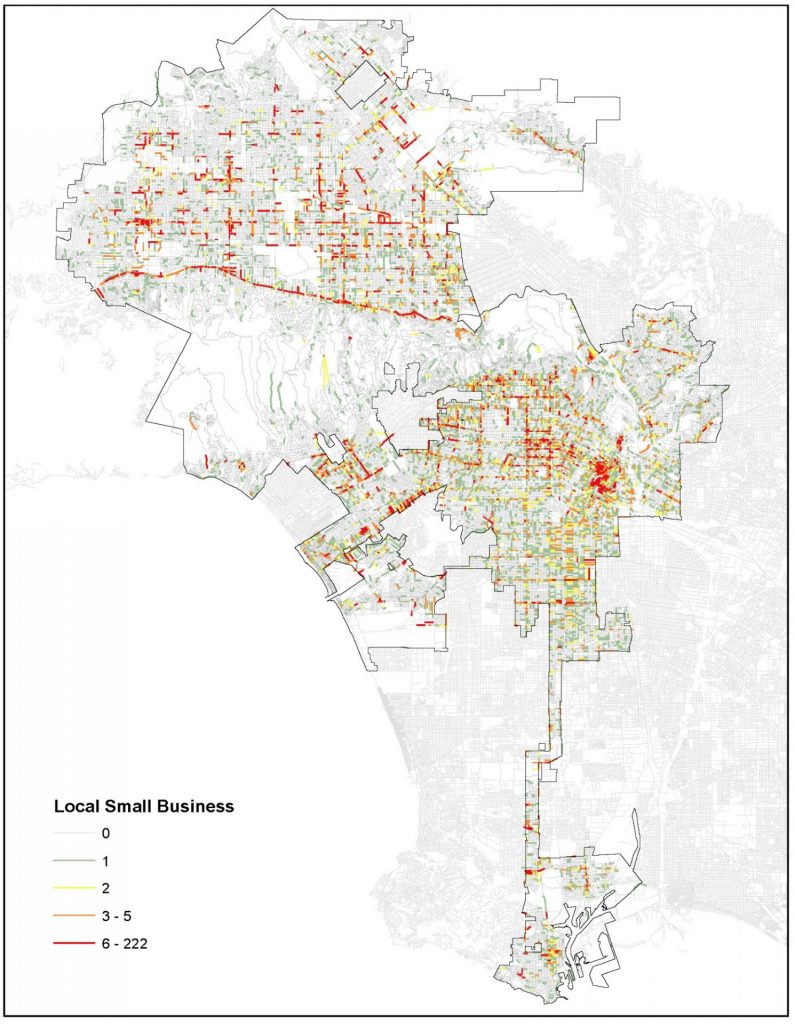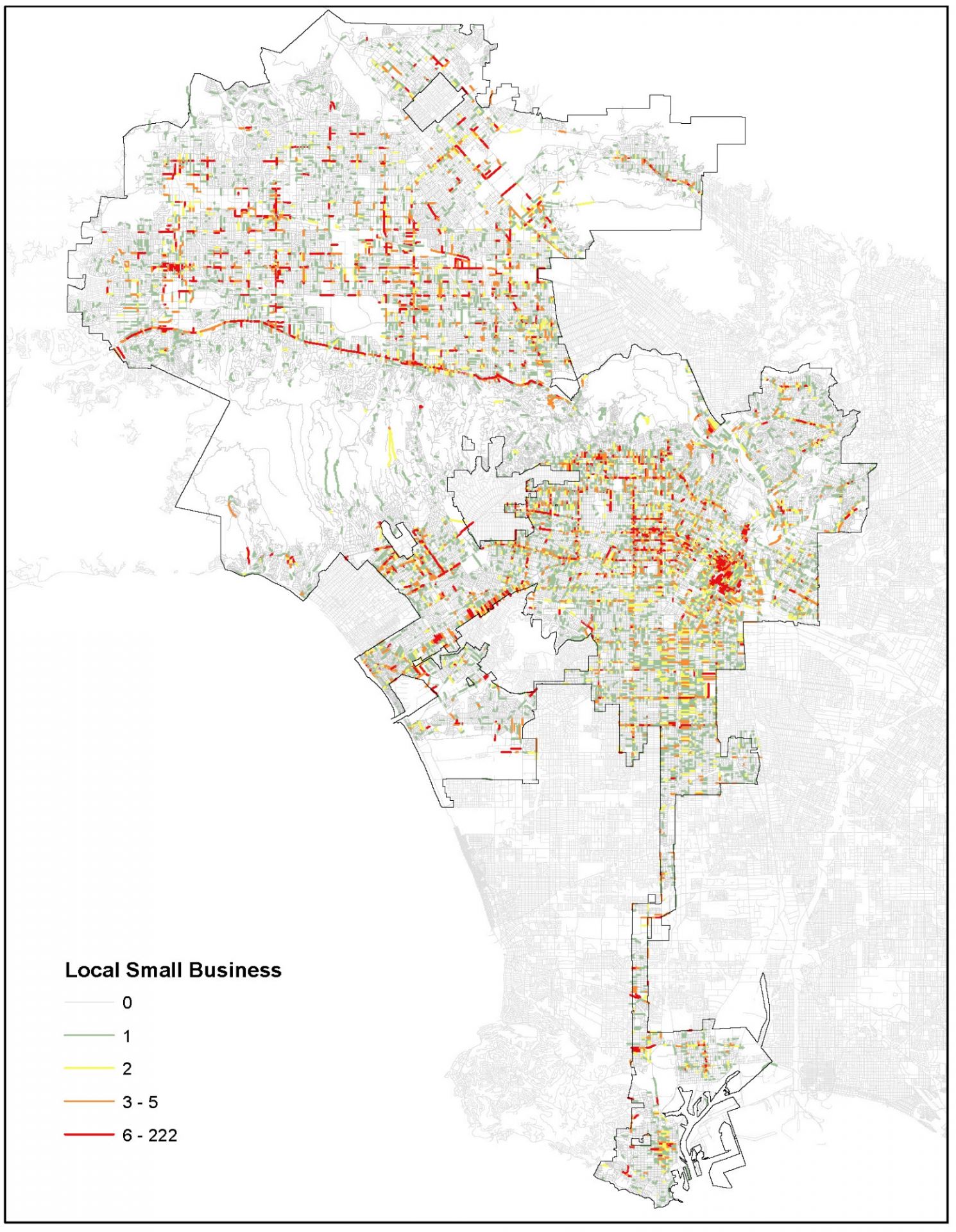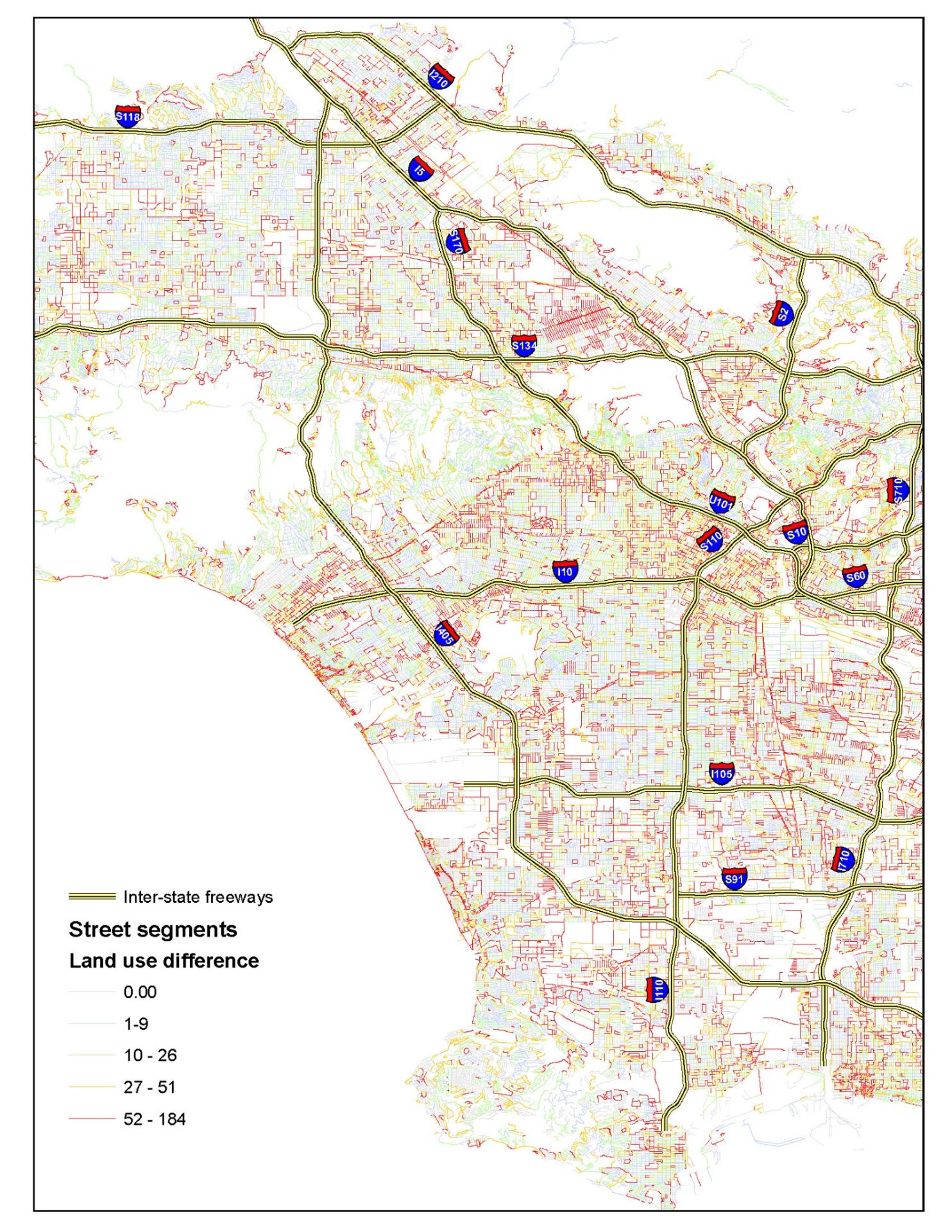While prior criminological scholarship has explored how crime often tends to occur near businesses, a theory of Jane Jacobs is that certain types of businesses can create more cohesion in a neighborhood. This increased cohesion would presumably reduce the incidence of crime on a street. In particular, we used data in Southern California to explore whether there is a difference in crime in an area based on businesses divided into a 2X2 typology: whether they are local or non-local, and whether they are big or small. We find that smaller local businesses are less likely to experience higher rates of crime, consistent with the expectations of Jacobs.
You can access the article by lab alumnus Young-An Kim and Dr. John R. Hipp in the journal Justice Quarterly entitled, “Small local versus Non-Local: Examining the Relationship between Locally Owned Small Business and Spatial Patterns of Crime.”
Abstract: “In the current study, we theorized that businesses in place are subject to two processes: a crime generator effect in which they heighten crime due to increased opportunities and a crime inhibition effect in which certain types of businesses can increase guardianship capability. We explicitly compare the different effects of local vs. non-local and small vs. large businesses on crime in street segments using the data in cities across the Los Angeles metropolitan region by estimating a set of negative binomial regression models for small local, large local, small non-local, and large non-local consumer facing businesses (Retail, Restaurants, Food/Drug Stores, and Services) for violent and property crime. Although we found that most of the business coefficients were positive, local businesses, and particularly small local businesses, have considerably smaller crime-enhancing effects for both violent and property crime.”
Here is a map of Los Angeles city street segments based on the locations of small local businesses in 2010:


